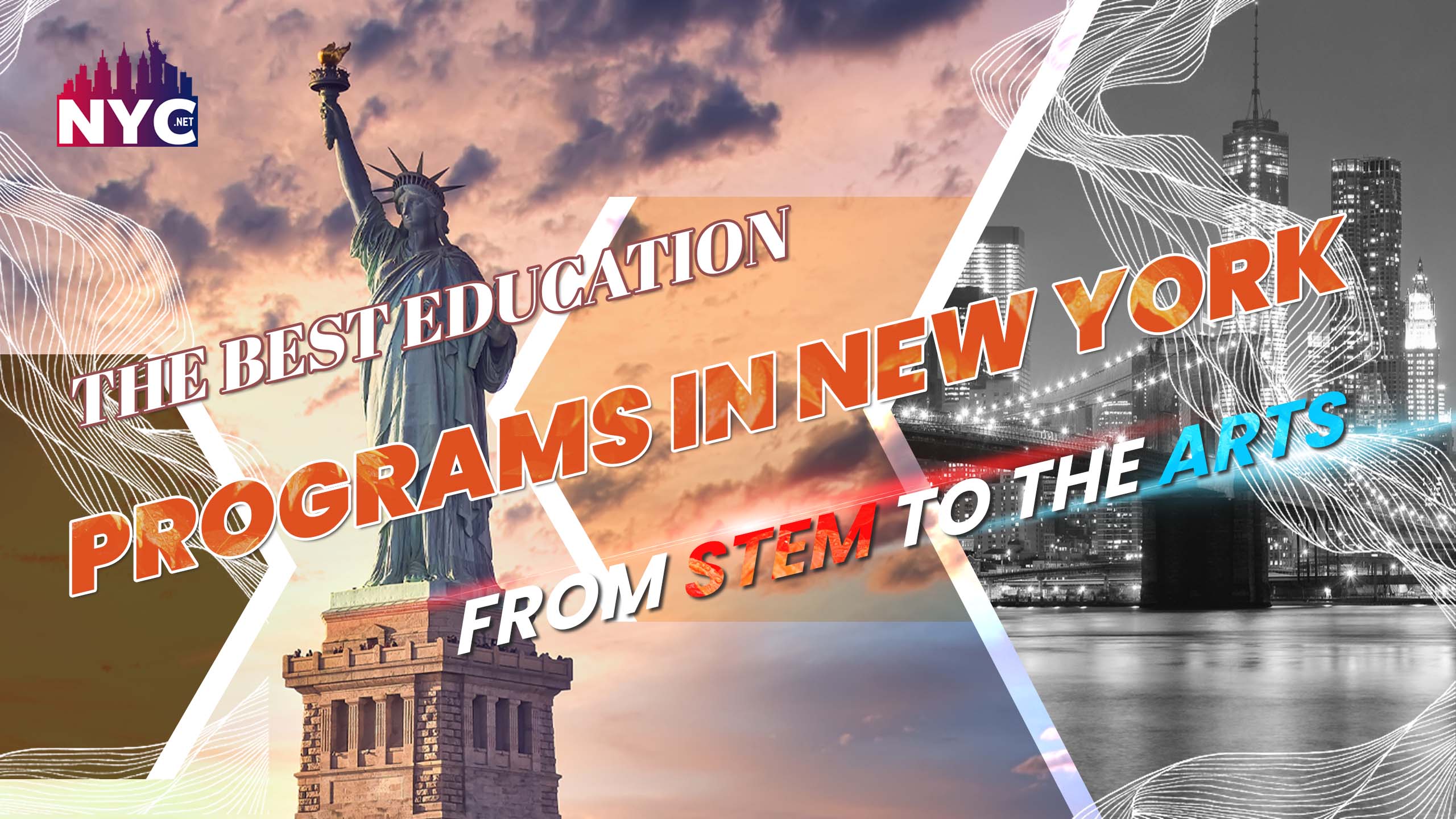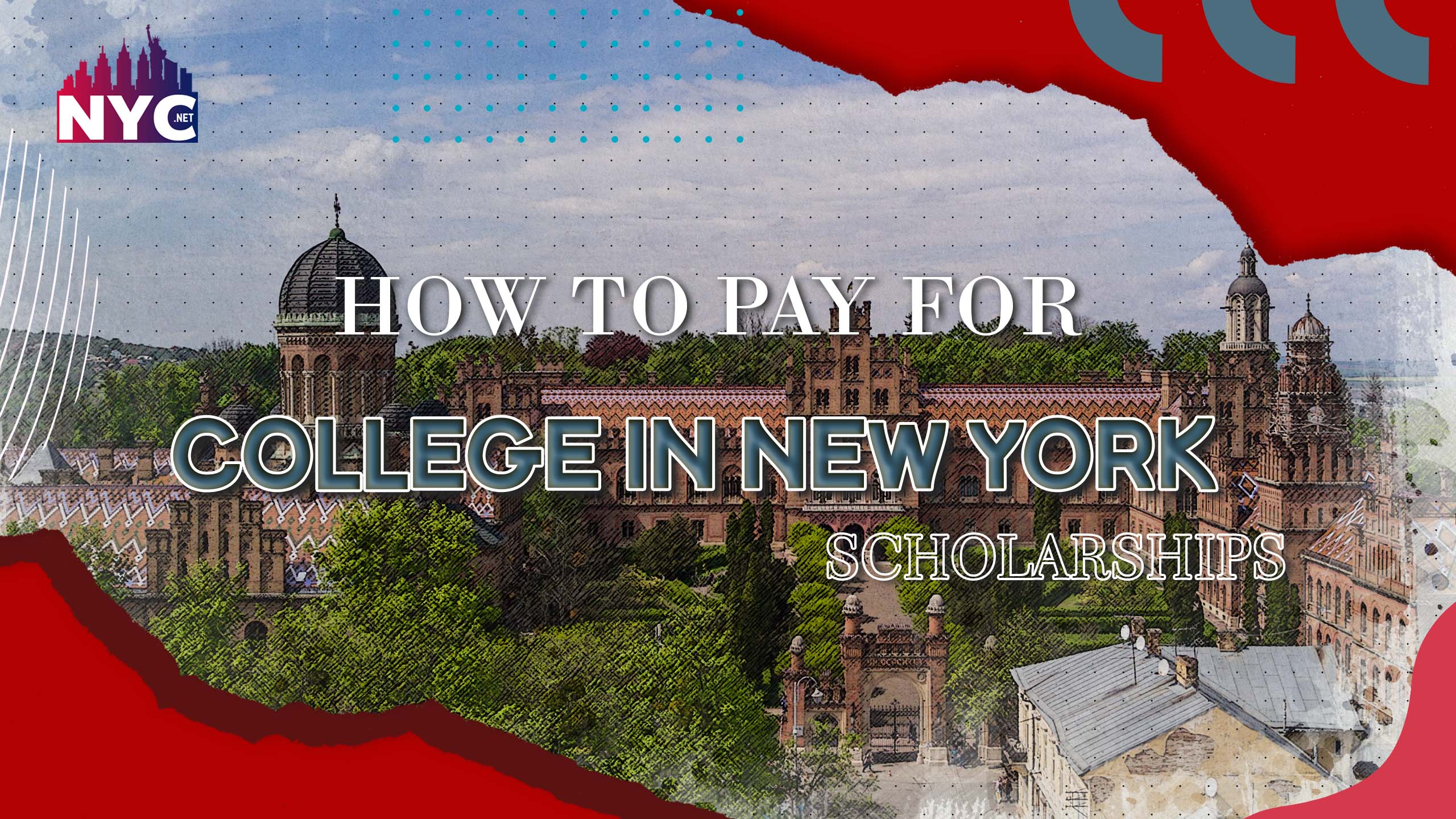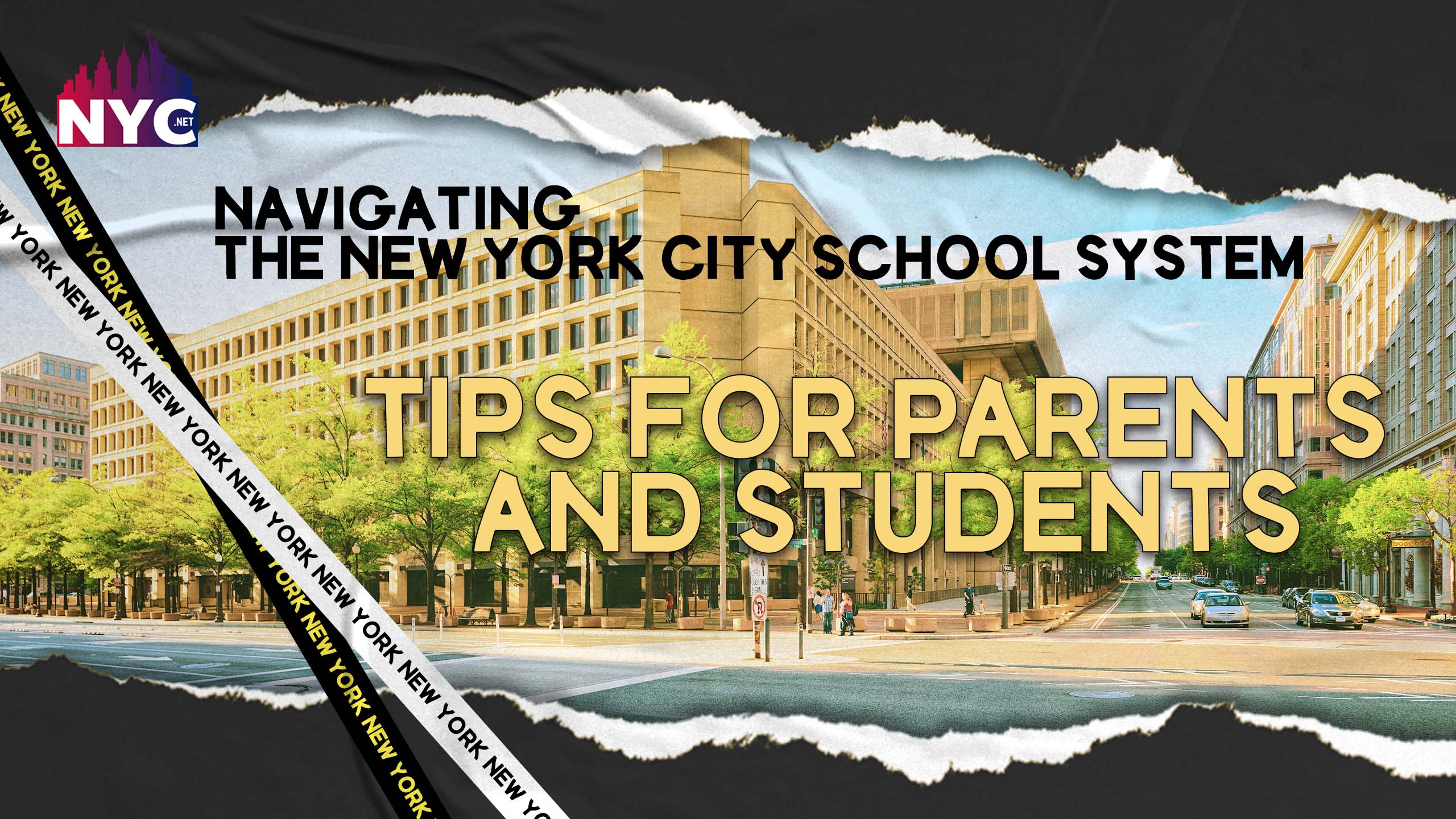14 Nobel laureates of New York (Affiliated with the City University New York)
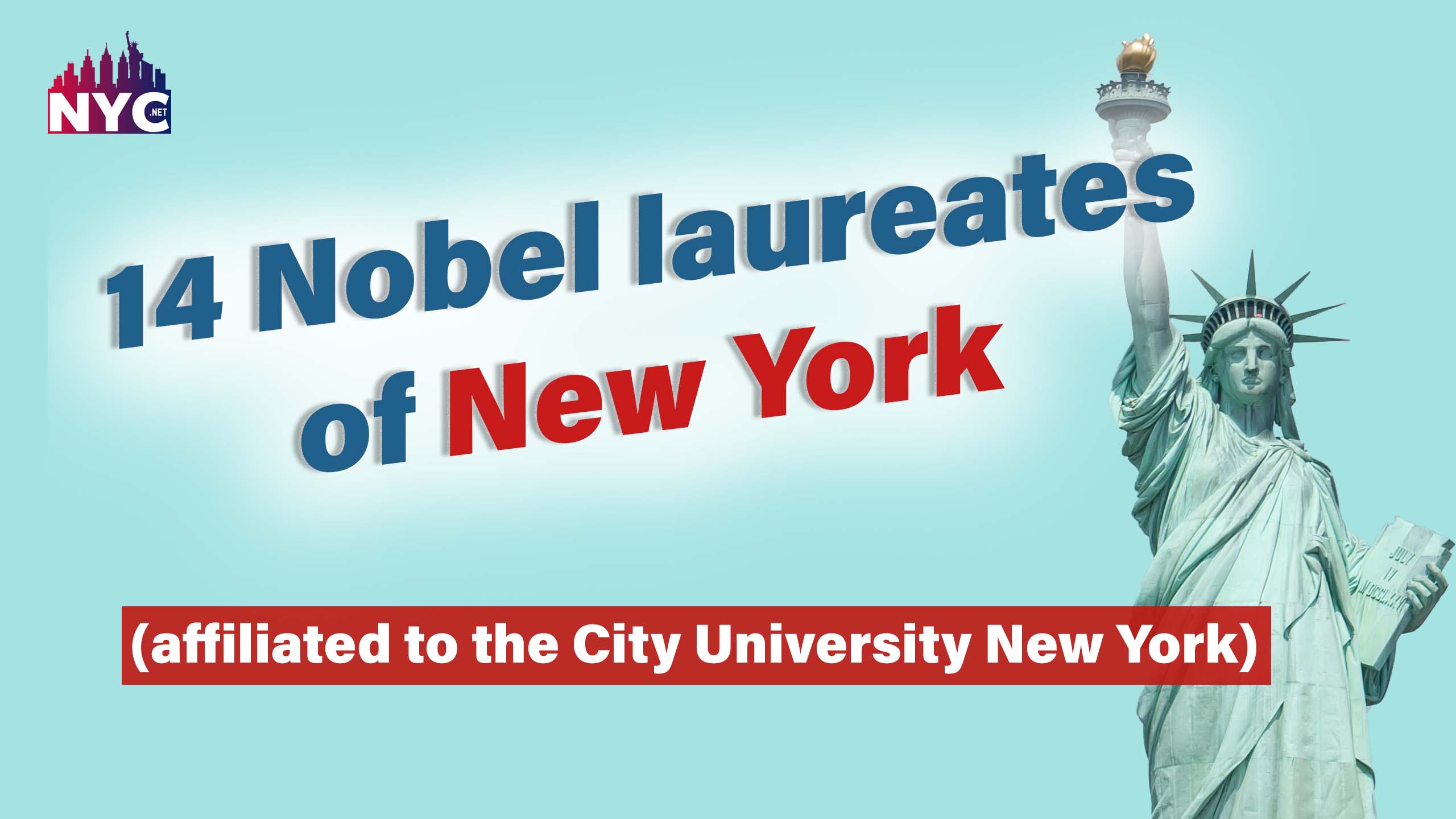
14 Nobel laureates of New York
New York City is home to some of the world’s most renowned educational institutions, including City University New York (Nobel laureates of New York). Over the years, CUNY’s alums have achieved remarkable success and earned 14 Nobel Prizes. New York City is known as a cultural and intellectual hub. Unsurprisingly, the City University of New York (CUNY) – America’s most extensive urban university system – has produced fourteen Nobel laureates since its establishment in 1847.
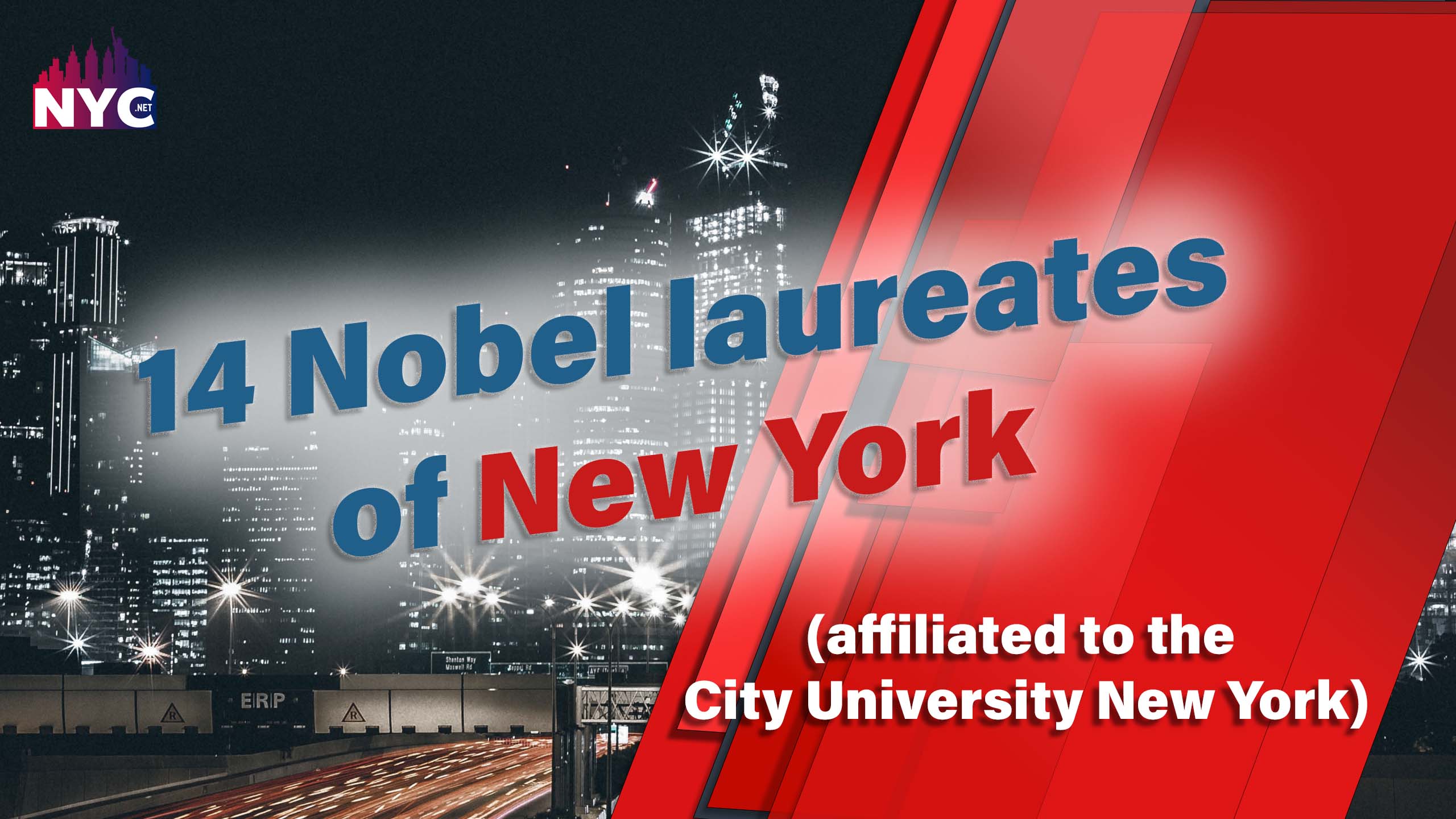
We will also examine the remarkable accomplishments of all fourteen Nobel laureates affiliated with CUNY. We will also explore their award-winning research and other areas of achievement and discuss how they have inspired people worldwide. So let us dive into the inspiring stories of New York’s brilliant minds!
In this article, we will explore the stories of these Nobel Laureates and their accomplishments that have made them powerhouses in New York City. Noble Lectures of new york plays an essential role in the education sector in new york city.
Introduction to CUNY
New York City is home to some of the world’s most prestigious colleges and universities, and CUNY is no exception. Nobel laureates of New York are a testament to the powerhouses of NYC.
CUNY has produced 7 Nobel Prize winners since its inception in 1961. These 7 individuals have made groundbreaking contributions to their respective fields, and their work has profoundly impacted society.
CUNY’s Nobel Laureates Of New York include:
- Maurice Hinchey (Physics, 2002)
- Sheldon Glashow (Physics, 1979)
- James Peebles (Physics, 2020)
- Harold Varmus (Medicine, 1989)
- Richard Axel (Medicine, 2004)
- Eric Kandel (Medicine, 2000)
- Gertrude B. Elion (Medicine, 1988)
The work of these 7 individuals has helped shape our understanding of the universe. However, it has a lasting impact on our society. CUNY is proud to call them our own. However, they feel proud to be a source of Nobel laureates In New York.
Profiles of the 14 Nobel laureates Of New York
Furthermore, New York City is home to some of the most brilliant minds in the world. 14 Nobel laureates have called NYC home at one point or another during their careers.
The following are profiles of each of these laureates, detailing their accomplishments and contributions to their respective fields:
- William Lawrence Bragg: Laureate in Physics (1915) – Bragg was born in Australia but came to New York to work at Columbia University. He won his Nobel Prize for his work on X-ray crystallography, which revolutionized the field of physics.
- Albert Einstein: Laureate in Physics (1921) – Einstein is one of the most famous physicists in history. He developed the theory of relativity and made significant contributions to quantum mechanics and statistical mechanics. He also won a Nobel Prize for his work on the photoelectric effect. Einstein lived in New York City for a time while he worked at Princeton University.
- Enrico Fermi: Laureate in Physics (1938) – Fermi was an Italian physicist who significantly contributed to nuclear physics and quantum theory. He helped develop the first atomic reactor and discovered the eponymous Fermi interaction. Plus, he spent several years working at Columbia University before moving on to other institutions.
- Ivar Giaever: Laureate in Physics (1973) – Giaever is a Norwegian physicist who did groundbreaking work on superconduct.
- Leon M. Lederman: Leon M. Lederman is an American experimental physicist and the Director Emeritus of the Fermi National Accelerator Laboratory (Fermilab) in Batavia, Illinois. He is well known for his work on discovering the muon neutrino. Moreover, their advocacy of science and science education makes him famous. He receives the Nobel Prize in Physics, the Wolf Prize in Physics, the Franklin Medal, and the Enrico Fermi Award.
- Burton Richter: Burton Richter, a Nobel laureate Of New York, holds the command in Physics. Berkeley, he joined the Stanford Linear Accelerator Center (SLAC) as a faculty member in 1962. He helped build the world’s first large-scale electron-positron collider and contributed fundamentally to the standing of C violations. Moreover, he shared the Nobel Prize in Physics with Samuel Ting for their discovery of a new elementary particle.
Backgrounds
In the late 19th and early 20th centuries, New York City was a powerhouse of intellectual and economic activity. In particular, the city’s universities were magnets for some of the world’s brightest minds. Many of these individuals achieved great things, including winning the Nobel laureates of New York.
Today, (CUNY) can produce more Nobel laureates Of New York than any other public university in the United States. CUNY alums have won 32 Nobel Prizes across various disciplines, including physics, chemistry, economics, and literature.
Notably, six CUNY laureates have won the prize in physics, more than any other public university in the world. Plus, it is a testament to CUNY’s physics program’s strength and the city’s commitment to scientific research.
Some of CUNY’s most famous Nobel laureates include Richard Feynman (physics), Herbert Hauptman (chemistry), and Toni Morrison (literature). These individuals have made significant contributions to their respective fields. Moreover, it helps put CUNY on the map as a premier institution for higher learning.
Accomplishments associated with winning the Nobel Prize
- The Nobel Prize is widely considered the most prestigious award in the world. Moreover, winning the Nobel Prize comes with several notable achievements and opportunities.
- First and foremost, winners of the Nobel Prize get automatically inducted into an elite group of people who have made an incredible impact on the world. Moreover, it is a fantastic accomplishment in and of itself. However, it can open up many doors for future opportunities.
- Furthermore, winning the Nobel Prize also comes with significant money. The prize money is currently over $1 million, which can get used to further one’s work or help support their family. The prize comes with a gold medal and a diploma, both highly coveted items.
- Finally, winning the Nobel Prize brings a great deal of public recognition. Winners often find themselves in the spotlight after winning the prize, which can lead to new opportunities and collaborations.
Remaining contributions to the field of study
Since the early 1900s, CUNY’s Nobel Laureates have made countless contributions to the field of study. From advancements in physics and chemistry to medicine and literature, these Nobel Laureates have helped shape the world as we know it today.
Here are just a few of the many contributions CUNY’s Nobel Laureates have made to the field of study:
- Albert Einstein published his groundbreaking paper on the theory of relativity, which changed how we think about space and time.
- Enrico Fermi discovered nuclear fission, which led to the development of atomic power.
- James Watson and Francis Crick discovered the structure of DNA, which revolutionized our understanding of genetics.
- Barbara McClintock discovered mobile genetic elements, which play a vital role in evolution.
- In 2002, Peter Agre discovered aquaporins, essential for cell water transport.
Impact of the Laureates’ Achievements on CUNY and New York City
CUNY’s eight Nobel Laureates have significantly contributed to their fields and profoundly impacted CUNY and New York City. Their achievements have led to advances in science, medicine, and economics and have helped make CUNY one of the leading research universities in the world.
Moreover, the Nobel Laureates’ achievements have also had a positive impartation. Their accomplishments have helped to attract top students from around the world to CUNY and have also resulted in increased funding for CUNY’s research programs. In addition, the Laureates’ work has helped to create new jobs and industries in New York City.
The impact of the Laureates’ achievements is not limited to CUNY; their work has also benefited the people of New York City. Plus, their discoveries and inventions have made our city healthier, cleaner, and more prosperous. The Laureates’ work has improved the quality of life for all New Yorkers and will continue for generations to come. Plus, the Noble laureates Of New York promises to change the life of people.
How the Community Can Get Involved in Celebrating Their Contributions
- The CUNY community can get involved in celebrating the contributions of its Nobel laureates in several ways. First, community members can attend events honoring the laureates, such as symposia, panel discussions, and receptions.
- Second, they can learn more about the laureates by reading their biographies and watching documentaries about their work.
- Finally, they can support organizations that promote the work of CUNY Nobel laureates, such as the CUNY Graduate School of Arts and Sciences and the CUNY Advanced Science Research Center.
Conclusion
The 14 Nobel Laureates Of New York from CUNY demonstrate the institution’s commitment to excellence, and their achievements serve as an example for all of us. Their accomplishments are a testament to the power of education and how it can lead to success. These individuals’ contributions in their respective fields are inspiring, and we should strive to replicate their successes in our lives. Congratulations to all of CUNY’s Nobel Laureates Of New York!

